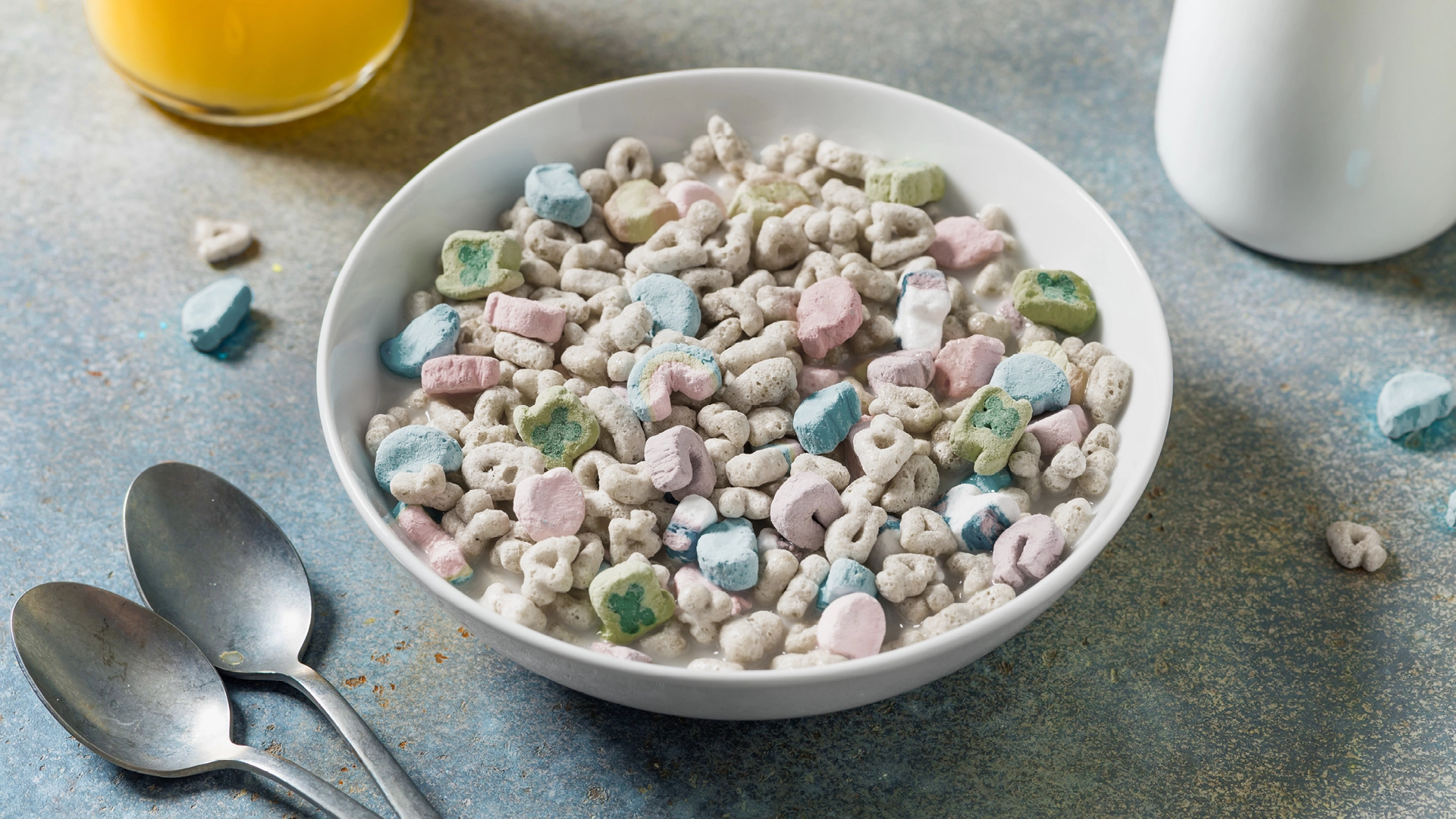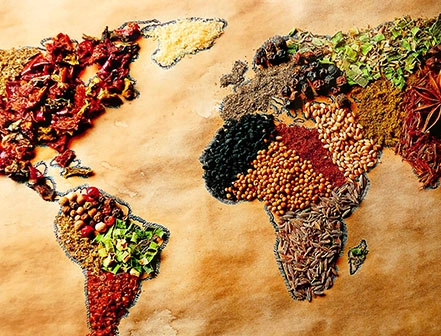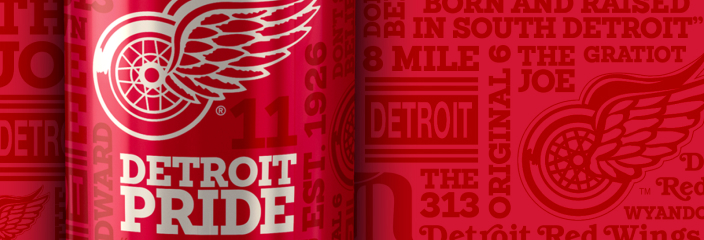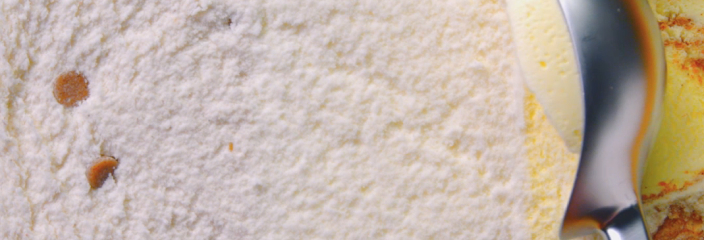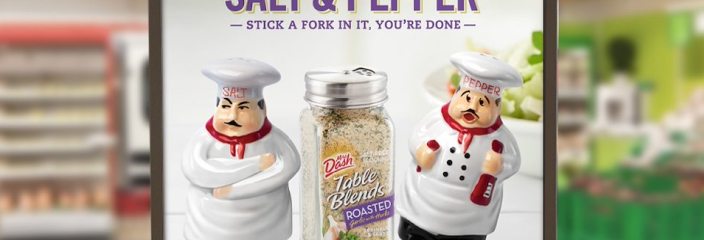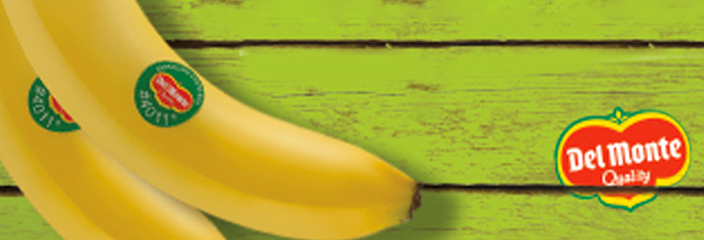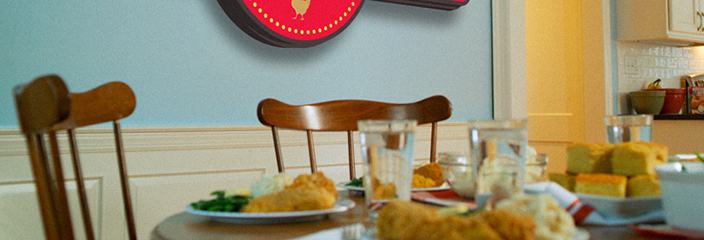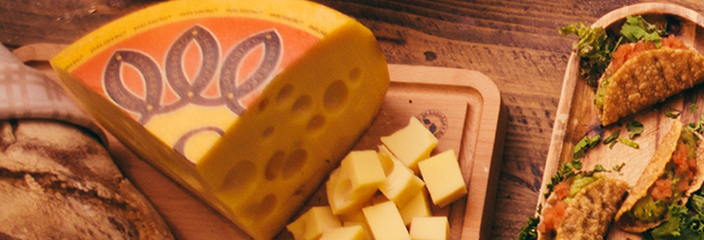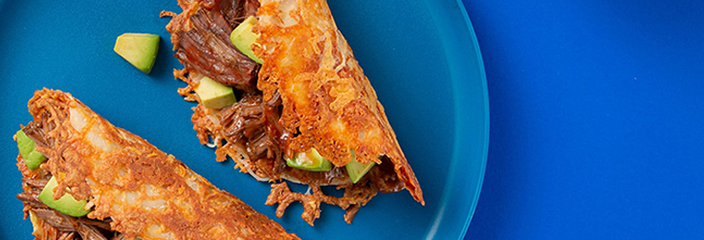For decades, bold colors were part of the fun in processed food. They signaled flavor, nostalgia, and shelf appeal. But in 2025, those colors are turning into red flags since Robert F. Kennedy Jr. (RFK Jr.) took over as as Secretary of Health and Human Services.
With RFK Jr., a new initiative called Make America Healthy Again (MAHA) is reshaping how Americans think about food additives, especially synthetic dyes. Under RFK Jr.’s leadership, the Department of Health and Human Services (HHS) and the Food and Drug Administration (FDA) have laid out an aggressive plan: phase out all petroleum-based synthetic food dyes by the end of 2026.
And unlike past reform efforts, this one is gaining traction fast.
FROM FRINGE CONCERN TO FEDERAL POLICY
Color additives like Red 40, Yellow 5, and Blue 1 have been under public scrutiny for years. They’ve been linked—rightly or wrongly—to behavioral issues like hyperactivity in children and, in some studies, to potential long-term health risks.
But here’s the marketer’s angle: while the science has been debated, the perception of risk has been growing steadily. That perception has now crossed over into policy.
RFK Jr. isn’t just urging companies to reformulate. He’s meeting directly with food CEOs, leveraging federal pressure, and aligning with a growing chorus of state-level legislation. California, West Virginia, and over two dozen other states have proposed or passed bills to restrict artificial dyes in school meals or outright ban them in consumer products.
This pressure isn’t just regulatory. It’s reputational.
THE INDUSTRY’S RESPONSE: FASTER THAN EXPECTED
Initially, major food companies were given until 2029 to eliminate synthetic dyes. That timeline didn’t last. In April, RFK Jr. announced that the real expectation is a two-year phaseout. The industry had to respond.
And it did.
JM Smucker, Nestlé USA, Conagra Brands, Kraft Heinz, and General Mills have all now signaled plans to eliminate synthetic dyes between the end of 2025 and 2027. Some, like PepsiCo, have already pledged to begin reformulating parts of their portfolio. Brands are moving not just out of compliance, but to avoid being last.
What’s especially telling is that many of these same companies already sell dye-free versions of their products overseas. The question for years has been: why can they do it in Europe, but not here? Now, that question has reached the White House and the boardroom.
THE SCIENCE: WHAT WE KNOW, WHAT WE DON’T
Let’s be honest. We’re marketers, not scientists. But we can’t ignore the science when it becomes the story.
The FDA’s own commissioner recently acknowledged that synthetic dyes are associated with a “grim inventory” of potential health concerns. Studies, especially from California’s Office of Environmental Health Hazard Assessment, have linked food dyes to neurobehavioral issues in children. Other research suggests ties to endocrine disruption and allergic reactions.
Critics argue that the evidence is mixed and often based on animal studies. But in the court of public opinion, even ambiguity can be damning. Especially when paired with images of brightly colored cereals or candies being served in school lunches.
As marketers, we don’t need to overstate the science. But we should respect where it’s going and how it’s shaping consumer demand.
A MOMENT FOR INNOVATION
This is not just a regulatory challenge. It’s also a creative one.
Color has long been a powerful part of food branding. So what happens when the dyes go away?
Startups like Sparxell, a natural colorant company, are stepping into the spotlight. Meanwhile, the FDA has just approved three new natural dyes and has promised faster approvals of more. The playing field is changing.
Brands that innovate now—visually, functionally, and transparently—have a chance to lead. This is the moment to experiment with natural pigments, rethink packaging, and double down on storytelling. If a color fades, the brand shouldn’t.
WHY THIS MOVEMENT FEELS DIFFERENT
Food dye backlash isn’t new. Activists have been campaigning against synthetic colors for over a decade. But what’s different this time is how aligned the signals are from regulators, state lawmakers, parents, social media, and even retailers.
There’s also the potential collapse of the GRAS (Generally Recognized As Safe) self-affirmation loophole. RFK Jr. has instructed the FDA to begin dismantling it, potentially ending a system that allowed companies to introduce ingredients without direct FDA review. This raises the stakes for how ingredients are vetted—and how brands explain them.
Even the upcoming 2025–2030 Dietary Guidelines may reflect this shift, with new HHS and USDA leadership signaling a simpler, more consumer-first tone and a national nutrition campaign that reaches well beyond the clinical playbook.
QUENCH’S TAKE
Food regulation has always moved slowly until now. What once seemed like fringe advocacy is now national policy. The timeline is shorter. The tone is sharper. And the appetite for change is real.
The dye debate isn’t just about Red 40 or Blue 1. It’s about consumer trust, brand transparency, and the shift from processed color to natural purpose.
Marketers who wait for a formal mandate may find themselves behind. The opportunity today is to lead with integrity, design with intent, and communicate with confidence. Consumers aren’t looking for perfection, but they are looking for proof that brands are paying attention.
If you want to future-proof your food brand, this is your cue: the color story is changing. Be the one who rewrites it.
In a similar vein, The FDA is Redefining “Healthy.” Read about it here.
